If you enjoy gardening, you’re aware of how rewarding it is to see the plants flourishing and a flower blooming. Imagine your garden blooming with roses, tulips, and spring yellow flowers. That would be amazing, right?
But to be able for your plants to achieve this, you need to make time in taking care of them. In this article, you’ll find some tips to keep the flowers in your garden blooming continuously. Here are five of them.
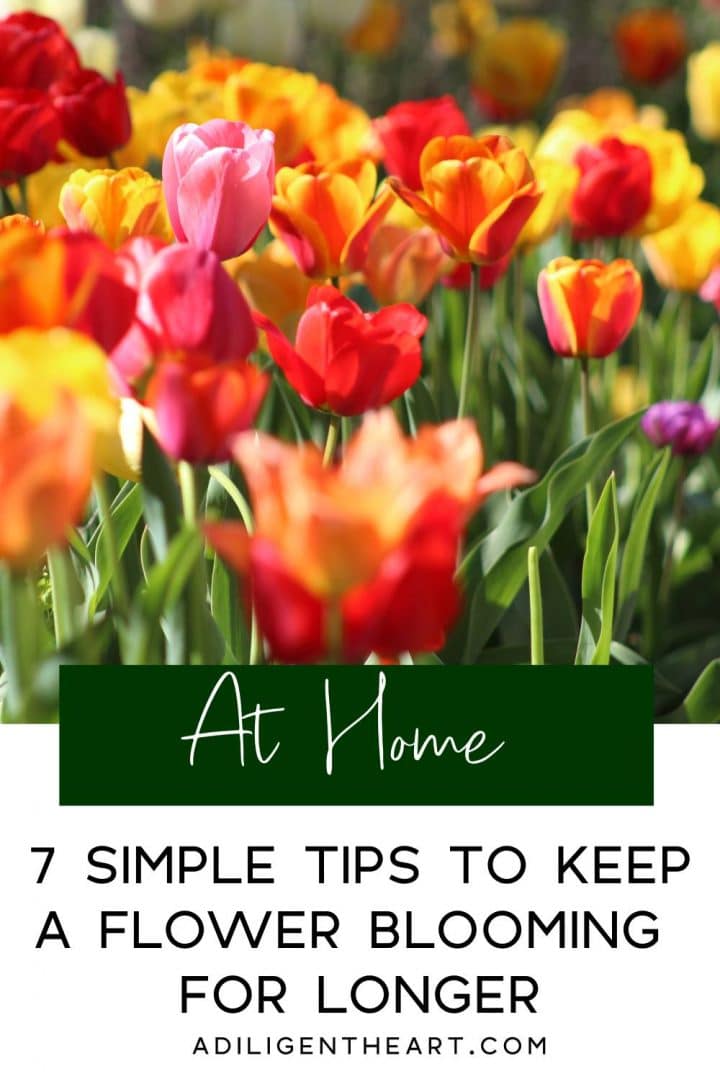
Try Deadheading
Deadheading is the process of removing dead blooms from the plant.
This will stop the plants from putting energy into making seeds and cause them to make new blossoms instead.
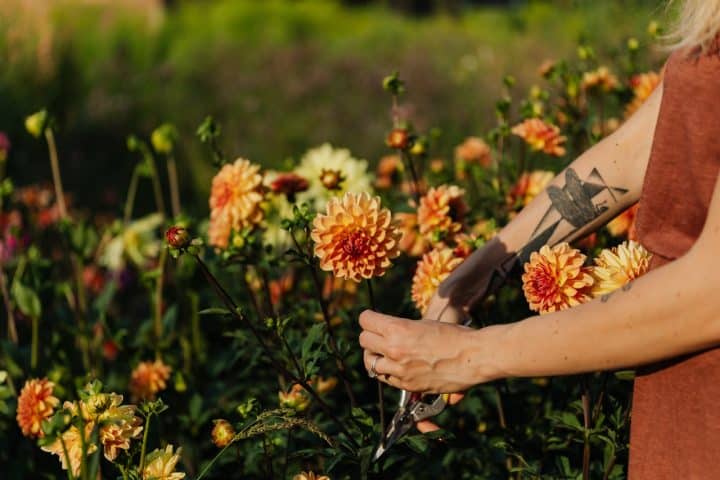
Plants that will especially benefit from deadheading include geraniums, marigolds, pansies, petunias, snapdragons, sweet peas, and zinnias.
Whether you have flowers with large blooms or small ones, this process is definitely applicable.
Try Disbudding to Keep a Flower Blooming

Disbudding is a process that helps dahlia and rose plants and also works with camellias and peonies. This process encourages blooms to grow larger and last longer.
To disbud a plant, remove all of the lateral buds as soon as they appear, focusing all of the plant’s energy on the terminal buds.
Feed Often to Get Flowers With Large Blooms
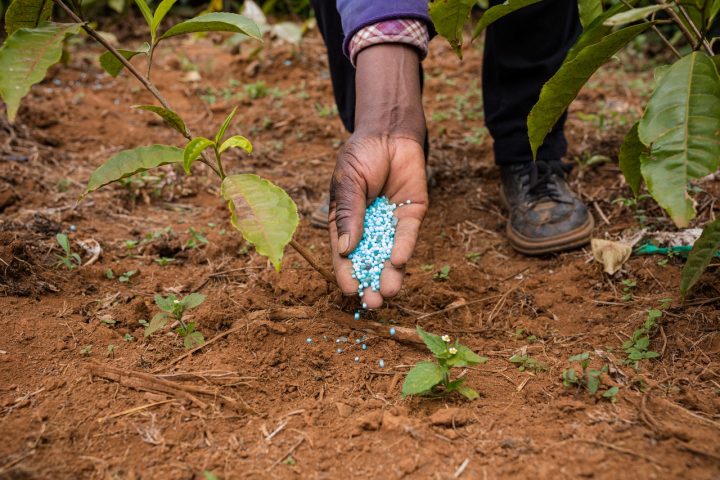
Annual plants spend a lot of energy making buds and producing blooms. In order to support them in their efforts, feed them water-soluble fertilizer every three to six weeks. The fertilizer will make sure that the plants have enough energy and nutrients to keep growing.
Even early blooming flowers such as calendula and sunflowers also need regular feeding, too.
Water Flowers Well
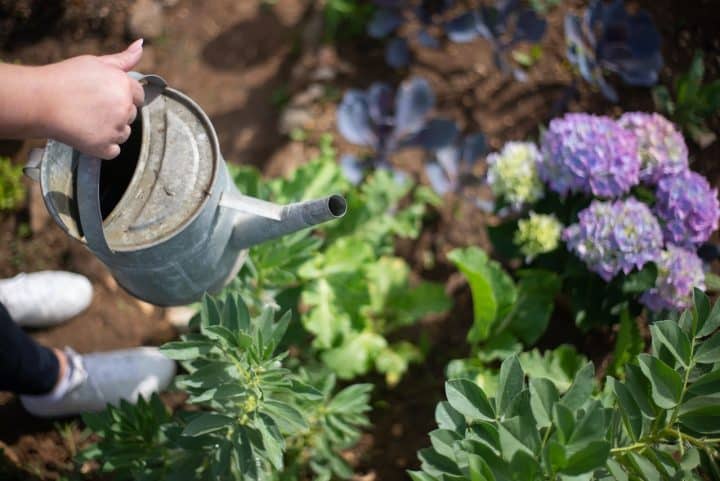
Watering regularly is one of the most crucial things you should to do to ensure your flowers are blooming healthily. Annual plants don’t have deep roots, so they will need to be watered whenever the top inch of the soil is dry in order to keep them alive and healthy.
In the hottest parts of the summer, some plants in especially warm areas must be watered multiple times a day. However, make sure not to overwater, as the roots will rot.
Pinch Plants Back
Pinching a plant back will keep it from getting too tall and encourage it to grow bushier and produce more flowers.
Generally, pinch back plants when they’re around four to six inches tall, snapping off as much as one-third of the upper part of the plant right above a node. Mums, asters, petunias, and zinnias will benefit from pinching back.
Weed the Garden Often
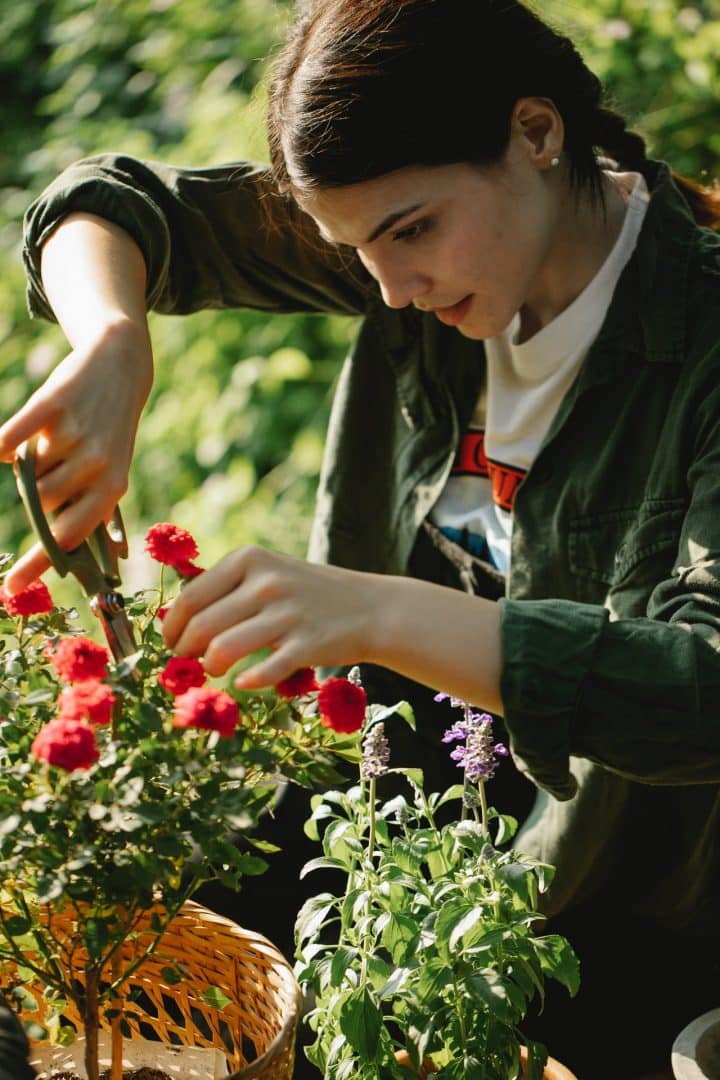
Make sure to weed the pots or garden beds frequently. The weeds will steal vital nutrients from your plants, making it more difficult for your plants to grow and produce flowers.
Keeping the area free of weeds will ensure that your plants have enough energy to reach their full potential.
Choose Your Flowers Wisely

When buying your plants, make sure to pick ones that are green but have no flowers on them yet. They will acclimate to the garden or the pot better than plants that are already blooming.
Make sure to transplant them soon after purchasing and don’t let them outgrow their pots. These young plants will adjust better to their new environment and bloom longer.
Takeaway
Taking care of flowers doesn’t end with knowing the answer to the question ‘when do flowers bloom?’ Although it’s exciting to see a flower blooming, you should keep in mind that taking care of them requires commitment.
Just follow the abovementioned tips and you’ll witness the lovely blooms of your plants one day.
Sources: [HGTV, Lowes, She Knows, The Spruce, The Spruce]